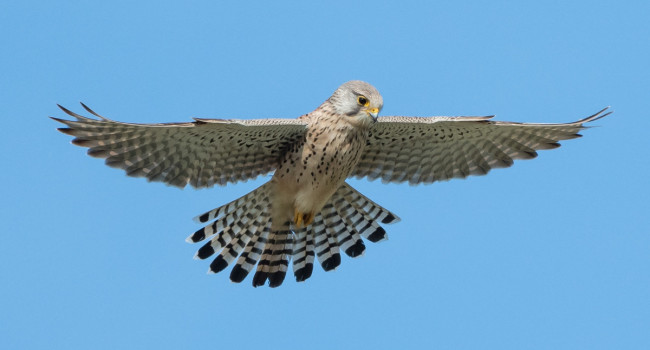A global assessment of the conservation status of the nominate subspecies of Eurasian oystercatcher (Haematopus ostralegus ostralegus)
Author(s): Van de Pol, M., Atkinson, P.W., Blew, J., Duriez, O.P.M.B., Ens, J., Hälterlein, B., Hötker, H., Laursen, K., Oosterbeek, K.H., Petersen A., Thorup, O., Tjørve, K., Triplet, P., Yésou, P.
Published: August 2014 Pages: 15pp
Journal: International Wader Studies Volume: 20
View publicationDownload article 778.9 KB application/pdf
The nominate subspecies of Eurasian Oystercatchers Haematopus ostralegus ostralegus is the most abundant of all oystercatchers and the best studied. The main breeding and wintering areas are centered on the North Sea, but the distribution covers the European Atlantic coast to as far south as Ghana in western Africa. Population size increased strongly from the 1960s to 1990s to over one million birds. Although part of this expansion may have been caused by an ongoing successful adaptation to breeding inland, the main driving forces behind this increase are not well understood. Subsequently, the population size decreased substantially by about 200,000 individuals, mainly due to strong decreases in the Dutch-German-Danish Wadden Sea area. The decrease in the Netherlands is attributed largely to overexploitation by mechanical shell-fisheries; additional factors such as agricultural intensification and reduced eutrophication are likely to also have contributed. The causes for the decreases in Germany and Denmark are less well understood and urgently require further study. In other areas numbers are fairly stable or increasing, but good data for the Nordic countries are lacking. The global (and national) conservation status of H. o. ostralegus is classified as of ‘Least Concern’. We discuss other threats, such as habitat loss, climate change, hunting and human disturbance, and make prioritized recommendations for research and management.
Staff Author(s)







Share this page